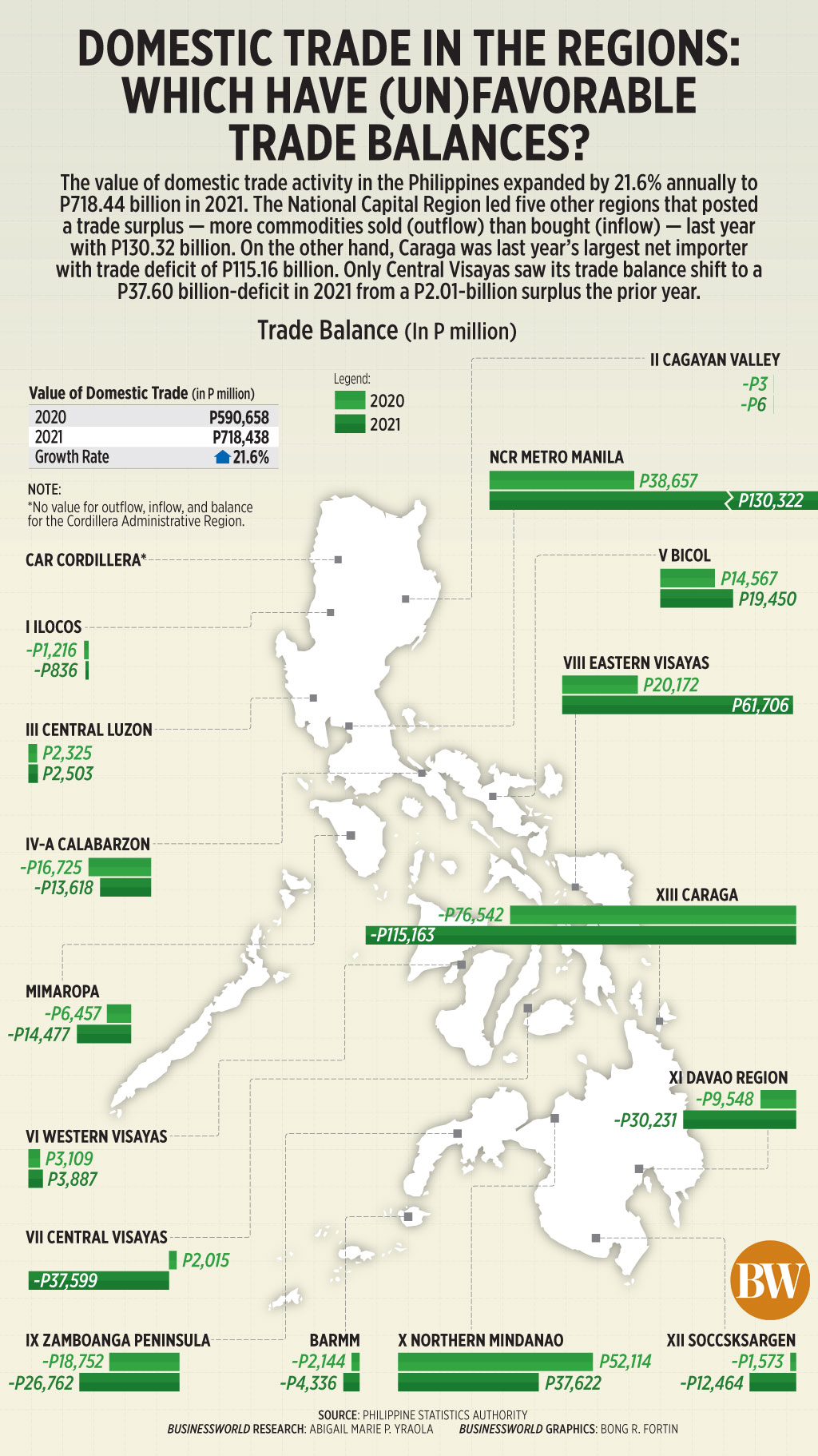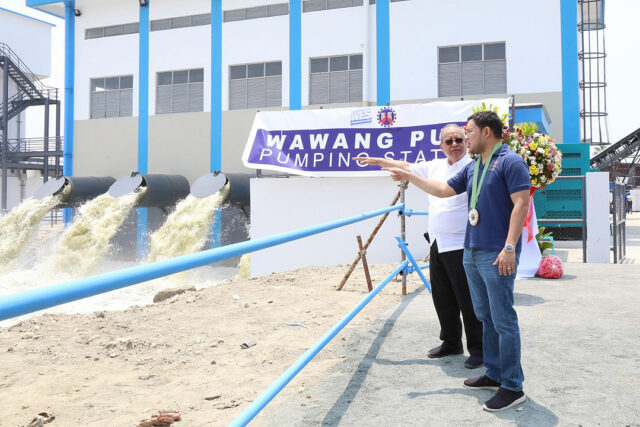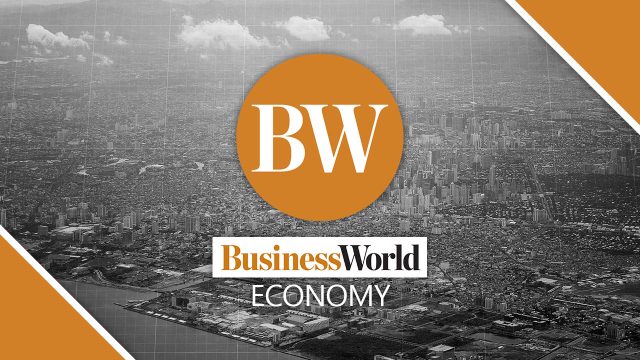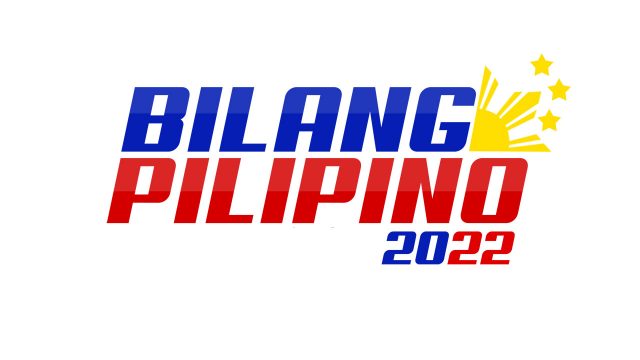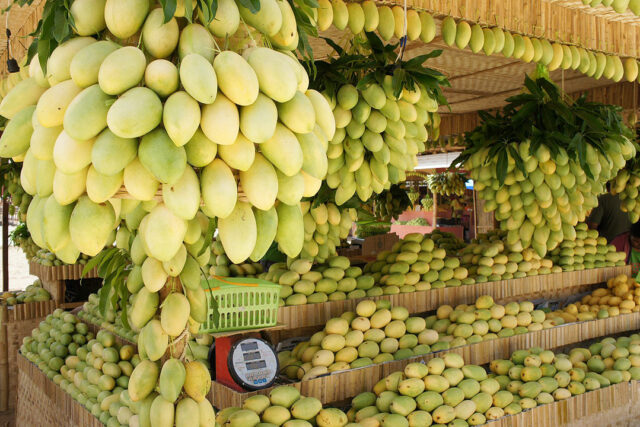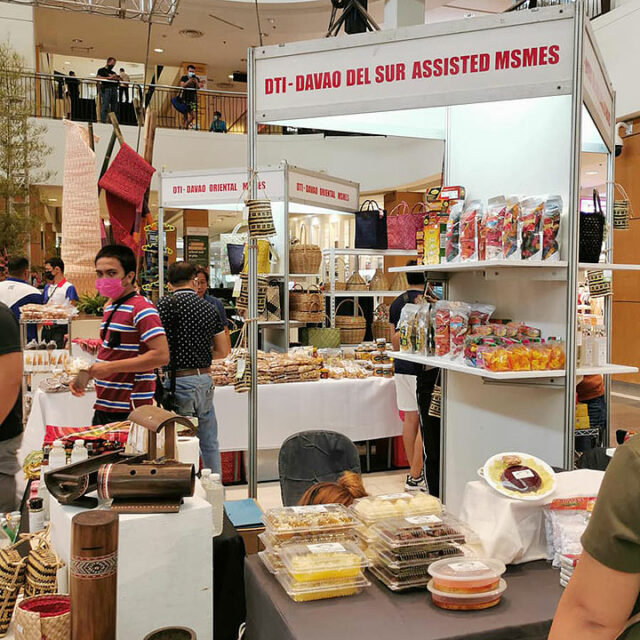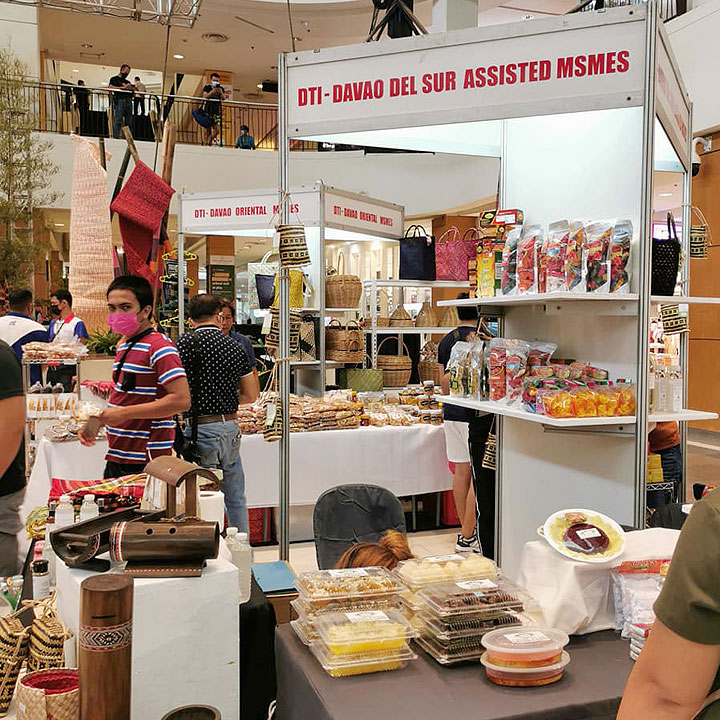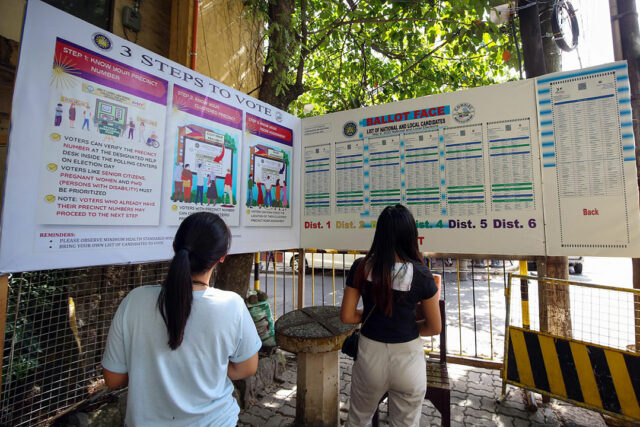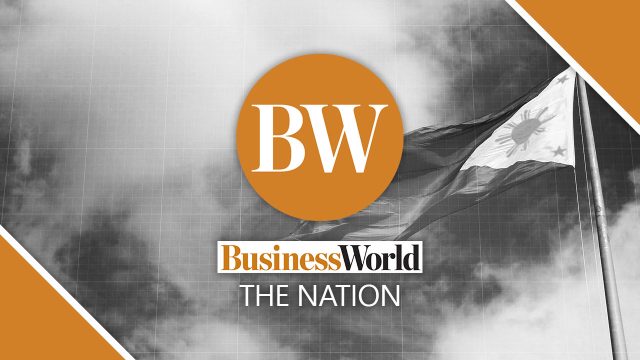Digital transformation continues to occupy major mindshare among policymakers, government agencies, and industry leaders due to its societal impact. As digitalization disrupts society ever more profoundly, concern is growing on how it affects issues such as jobs, wages, inequality, health, resource efficiency and security. Nevertheless, we are all aware of the potential for it to do some good, especially in the middle of a pandemic.
Because of mobility restrictions that were imposed to manage the COVID-19 outbreak, the direction of digital transformation greatly favors those who must transact with various government agencies, such as the Bureau of Internal Revenue (BIR). This will eliminate or at least reduce the burden of actually going to BIR offices to process tax compliance requirements.
Let’s have a look at some of the BIR’s digitalization initiatives which taxpayers need to know about.
BIR DX PROGRAM UPDATE
As of March 2022, the BIR has successfully completed and implemented 15 out of the 49 projects under the first phase of its 10-year Digital Transformation (DX) Roadmap. In addition, nine DX projects have recorded significant accomplishments while others are continuously being improved or developed. This ongoing program has expanded the range of electronic payment channels that allow taxpayers to file and pay their taxes online and which promote the ease of filing and paying their taxes amid the restrictions that were put in place during the pandemic.
The BIR is continuously developing and improving its systems and procedures to efficiently accommodate the needs of all taxpayers and their employees. Among the digitalization initiatives already launched or implemented by the BIR are:
• Internal Revenue Integrated System (IRIS) — The BIR’s central tool and repository to process taxpayer information;
• Enhanced Internal Revenue Stamps Integrated System (IRSIS) — An application that manages the ordering, production, distribution, affixing and tracking of revenue stamps to monitor the proper payment of excise taxes on tobacco products;
• Taxpayer Identification Number (TIN) mobile application — A mobile chat application available to public for their taxpayer identification number (TIN) inquiries and verification;
• REVIE — A single hotline number and Chatbot on its website to assist taxpayers with general inquiries, on top of being able to e-mail the bureau regarding their concerns;
• Electronic Filing and Payment System (eFPS), Electronic Fund Transfer Instructions System (eFTIS), and other e-payment channels to allow taxpayers to settle taxes online;
• Electronic One-Time Transaction System (eONETT System) — Enables taxpayers to transact their ONETT online anytime, anywhere;
• New business registration or NewBizReg Portal — Lets taxpayers submit their applications for business registration through e-mail; and
• eAppointment — A feature on the BIR website booking or scheduling requests to meet with revenue officers regarding tax matters.
These are just some of the BIR’s projects that support the objectives of the Republic Act (RA) No. 11032, otherwise known as the Ease of Doing Business and Efficient Delivery of Government Services Act.
ELECTRONIC SIGNATURES (e-SIGNATURES)
The traditional function of a signature is to permanently affix to a document a person’s uniquely personal, undeniable self-identification as physical evidence of that person’s personal witness and certification of the content of all, or a specified part, of the document. This is a significant element of a document for submission to government agencies, including the BIR. Because of this, some BIR offices are still reluctant to accept any returns and documents bearing only e-signatures.
To ease the process for taxpayers, the BIR recently issued Revenue Memorandum Circular (RMC) No. 40-2022 and RMC No. 42-2022 reiterating the provisions under RMC No. 46-2021 on the use of e-signatures, which are deemed equivalent to an actual signature or wet signature for filing purposes, pursuant to Section 6 to 13 of R.A. No. 8792, otherwise known as the Electronic Commerce Act of 2000.
RMC 40-2022 explicitly allows the use of e-signatures, in lieu of wet signatures, in tax returns.
However, many taxpayers are still awaiting BIR clarification as to the extent of the acceptance of e-signatures. RMC 42-2022 provides that “all tax returns, attachments and documents can be signed by the taxpayer or its authorized officer or signatory through an electronic signature. Such electronic signature shall be deemed equivalent to an actual signature or ‘wet signature’ for filing purposes.” RMC, 40-2022, on the other hand, provides that “the use of Electronic Signature applies to all tax returns, attachments and documents required to submit AITR and returns.” Both RMC 42-2022 and 40-2022, however, deal with the filing of income tax returns and the use of the Electronic Audited Financial Statement System (eAFS), respectively. Hence, there is confusion on whether the e-signature may also be allowed for the filing of replies/protests in relation to assessments or other official communications with the BIR.
ELECTRONIC AUDITED FINANCIAL STATEMENT (eAFS) SYSTEM
It has been the BIR’s practice to adhere to the traditional process of tax compliance. Taxpayers expend much effort in processing tax compliance requirements, particularly in submitting the Annual Income Tax Return (AITR) attachments.
Before the COVID-19 outbreak, taxpayers were required to file their AITRs together with the required attachments with the BIR offices where they are registered. In line with the agency’s digitalization initiatives, the BIR issued RMC No. 49-2020 to suggest the use of eAFS as an option for taxpayers seeking to file their AITRs and the required attachments.
Since the RMC was issued for the processing and filing of 2019 AITRs and their attachments, many were unsure whether the eAFS system can be used as well for the succeeding taxable years. The BIR issued RMC No. 46-2021 to reiterate the availability of the eAFS facility as an option in submitting the AITR and its attachments, but the circular was applicable for the taxable year 2020 only.
To end this uncertainty, the BIR clarified that the submission of AITRs and attachments via eAFS is applicable to any taxable year and all succeeding fiscal and/or taxable years as provided under RMC 40-2022.
With the shift to contactless transactions, more taxpayers are electronically filing their returns and other documents with the BIR.
ADAPTING TO AN ELECTRONIC WORLD
Digitalization transformation is a big relief for most taxpayers. Some, however, are not adapting to the new electronic world as seamlessly as others. Some are having a hard time learning the process, while some are not privileged enough to have access to the devices and equipment needed for electronic transactions. This may be one of the reasons why the BIR still uses manual processing.
Considering that digital transformation is still a work in progress, some questions have yet to be answered. Is the BIR going fully digital soon? Will all BIR offices accept electronic copies of documents during the course of their tax audits in the near future? What are the succeeding projects that the BIR will implement after the DX program? We all hope that the solutions to these issues will benefit both the BIR and the taxpayers.
Let’s Talk Tax is a weekly newspaper column of P&A Grant Thornton that aims to keep the public informed of various developments in taxation. This article is not intended to be a substitute for competent professional advice.
Kyle Mikko C. Agustin is a senior in charge from the Tax Advisory & Compliance division of P&A Grant Thornton, the Philippine member firm of Grant Thornton International Ltd.
pagrantthornton@ph.gt.com



